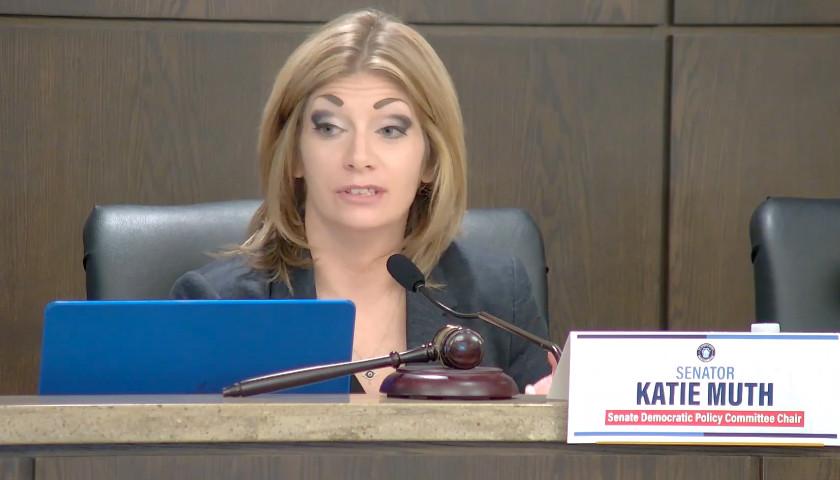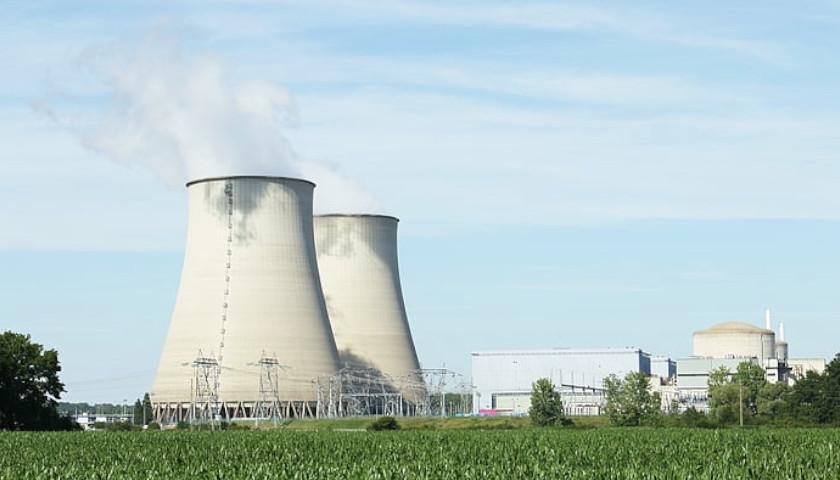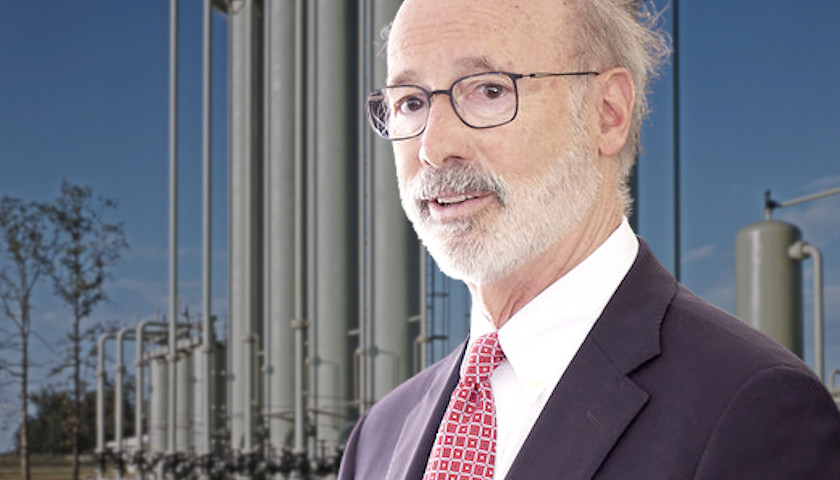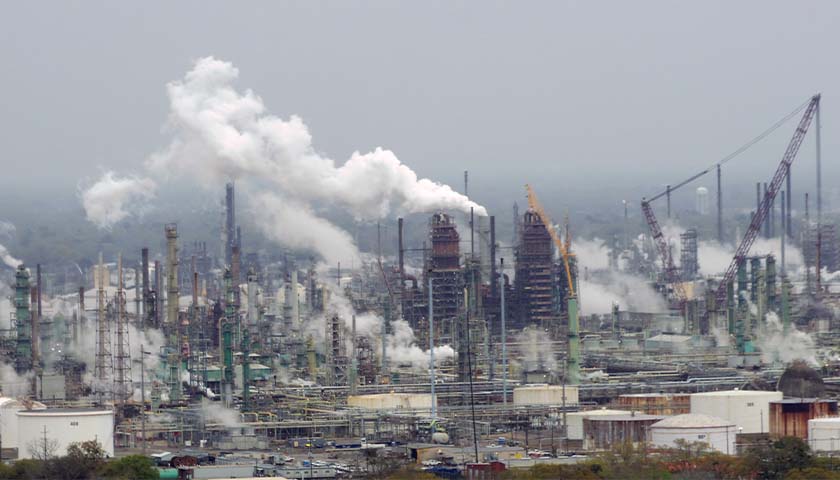by Anthony Hennen
Doubt swirled among a panel of Pennsylvania lawmakers this week about the practicality using hydrogen hubs to lower greenhouse emissions, and federal subsidies earmarked to build them.
The Senate Democratic Policy Committee met Monday to promote a fossil-fuel-free future, harnessing hydrogen for industries where electrification can’t cut it.
“There needs to be a dramatic shift in our mentality towards what can we do to generate the least amount of emissions with the least amount of waste and the least amount of harm,” Sen. Katie Muth (pictured above), D-Royersford, said.
The federal money flowing in, about $1.7 billion, will go to build hydrogen hubs around Philadelphia and Pittsburgh on each side of Pennsylvania. The Department of Energy plans to establish up to 10 hubs nationwide with $7 billion to build interconnected systems of industry and energy projects to replace natural gas and coal with hydrogen.
Democrats have been torn on the hubs, with environmental concerns sparking skepticism but labor interests seeing an opportunity. Likewise, Republicans have been split, with some supporting them as a chance for energy independence and economic growth, but others suspicious of the subsidies and government-led plans.
“We are learning that hydrogen technology can be, though a relatively small part, could be a key part of our clean energy transition, especially for those industries that are more difficult to decarbonize such as steel, cement, and so on,” Sen. Carolyn Comitta, D-West Chester, said. “We need to make sure that we are ending up with a net negative emissions reduction, not any positive emissions.”
Hydrogen gets produced by separating hydrogen and oxygen through electrolysis; that process can be powered via solar or wind energy (called “green hydrogen”), nuclear energy (pink hydrogen), natural gas (blue if the emitted carbon gets captured, gray if not), and coal (black or brown hydrogen), among others.
Gray hydrogen is the most common form of hydrogen production currently, but turning gray into blue is tricky, testifiers argued.
“Academically speaking, (blue hydrogen) makes sense, but it may not be as practical,” Nick Cohen, president and CEO of Doral Renewables, said.
A major problem hinges on effective sequestration of carbon: the industry doesn’t have a viable, large-scale success story to show as a model.
“The science and the practices need to be proven at scale in order for the public to accept blue hydrogen as a clean source,” Cohen said. “There’s a lot of carbon dioxide that comes off of the process…it’s only clean blue hydrogen if you can sequester all that CO2.”
But, even if the sequestration problem gets solved, switching to blue hydrogen might not drive down emissions.
Robert Howarth, an Earth systems scientist at Cornell University, argued that blue hydrogen has less gas emissions than gray hydrogen, but simply burning natural gas pollutes less.
“Not all of the carbon dioxide is captured; and yet more natural gas is consumed to power the attempt to capture carbon dioxide, with significant emissions of methane upstream in the shale-gas fields and processing plants that provide the methane to make blue hydrogen,” Howarth said.
In his academic work on blue hydrogen, Howarth did not account for emissions from transportation and storage of carbon dioxide nor for hydrogen leaks in the process.
“The bottom line is that blue hydrogen is a climate disaster,” he said. “Greenhouse gas emissions are worse than from simply burning natural gas.”
Democratic skepticism of hydrogen hubs grew as the committee hearing went on.
“What all of this sounds to me is we’re putting a lot of money into a solution that will do nothing to stop the climate crisis,” Muth said. “The industry has bullied this state for quite some time and held it hostage.”
Other testifiers argued the hubs could be an economic disaster.
Federal and state subsidies for hydrogen hubs could distort the financial signals that would otherwise scare away investors and tax money, Sean O’Leary, senior researcher at the Ohio River Valley Institute, argued.
“The greatest risk facing you as Pennsylvania policymakers isn’t that you may provide too little support for the state’s hydrogen hubs but rather that you may provide too much,” O’Leary said.
– – –
Anthony Hennen is a reporter for The Center Square news wire service, covering Pennsylvania, and co-host of Pennsylvania in Focus, a weekly podcast on America’s Talking Network. Previously, he worked for Philadelphia Weekly and the James G. Martin Center for Academic Renewal. He is managing editor of Expatalachians, a journalism project focused on the Appalachian region.








